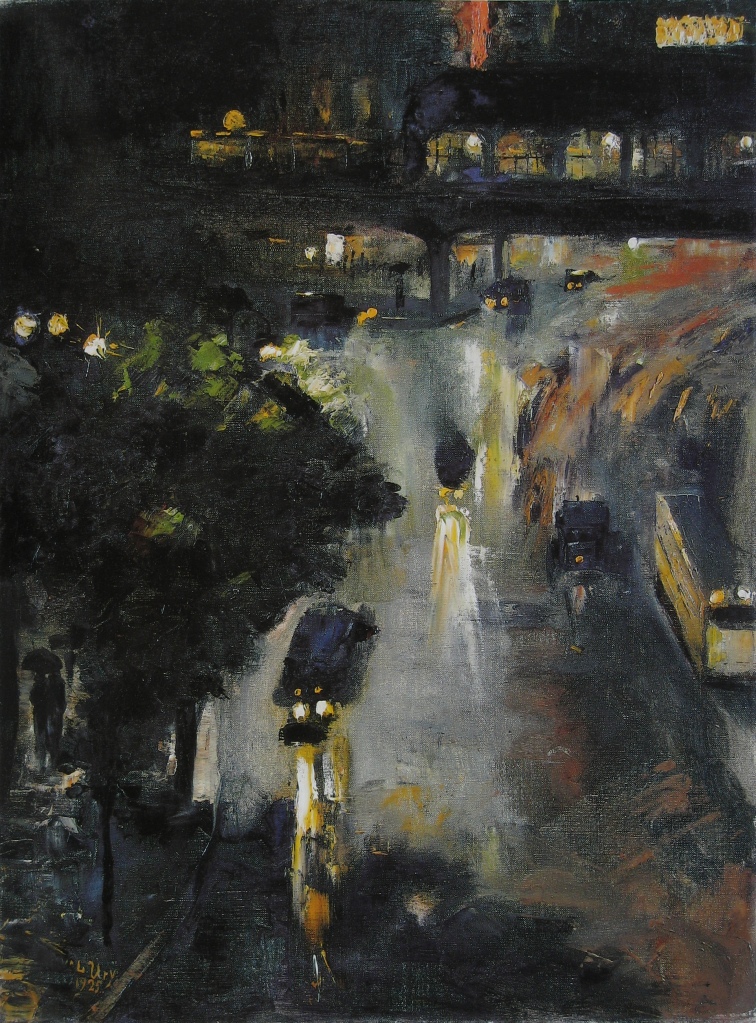Topic: The Problem of Secondary Qualities
Setting the Problem
The problem of secondary qualities is one of the most fascinating in philosophy. It emerges from a clash between our ordinary and scientific beliefs. Our perception shows us a world containing sensory qualities such as colours, sounds, etc.: a sensible world. However, physics teaches us that the world is just a dark and silent heap of particles; colours, sounds, etc., are only derived “secondary” qualities, mere appearances arising from the action of the physical “primary” qualities on our senses. Hence the problem: Do colours, sounds, etc., exist independently of us, and if not, to what extent do their appearances provide us with an adequate knowledge of reality?
The standard narrative places the origin of this problem in the early modern era, and in contemporary philosophy, the debate on secondary qualities is still lively. But what happened in between? As this project aims to show, one of the most systematic and original treatments of this problem in the history of philosophy has been largely ignored. There is a rich discussion on this problem at the turn of the 20th century in the Austro-German tradition, more precisely in and around the School of Brentano.
Whereas the problem of secondary qualities is usually treated as one of metaphysics and epistemology, the originality of the Austro-German authors consisted in the addition of a third ingredient: phenomenology. These authors wanted to have a clear view of the relations between what things are (metaphysics), what we know about them (epistemology), and how they appear to us (phenomenology). They offered various phenomenological analyses of sensation, various views on the metaphysics of sensory qualities, and various positions on the epistemic reliability of sensation. Moreover, they wondered how phenomenology, metaphysics, and epistemology combine. Thus, their treatment of the problem reveals detailed reflections on the primacy and interaction among these three major philosophical disciplines. This project will study the Austro-German debate by reconstructing it following the three axes of the phenomenology, metaphysics, and epistemology of sensory qualities.
(For more information, please do not hesitate to contact us.)

Axis 1: Phenomenology
A central hypothesis of this project is that the Austro-German authors take phenomenological inquiries into sensation to be a prerequisite for the treatment of the metaphysical and epistemological issues related to secondary qualities. Only phenomenology can identify the correct item whose being is put into doubt and, thus, whose non-existence threatens the reliability of perception. Thus, these authors provided fine-grained distinctions between the content and the object of sensation in order to identify the right item to consider from a metaphysical and epistemological standpoint. Interestingly, they defended the idea that this item presents itself to us as mind-independent, and that this explains why people tend to be realists about sensory qualities. One major contribution of the project will be to identify the various Austro-German distinctions between content and object of sensation, and to see how they connect with the metaphysics and epistemology of secondary qualities.
See also workshop 1: “The Phenomenology of Secondary Qualities”
Axis 2: Metaphysics
Despite being sensitive to phenomenology, and despite the recognition of a “phenomenological mind-independence” of sensory qualities, Austro-German authors do not endorse realism, either naïve or not. On the contrary, many of them seem to be non-realists. Apparently, then, phenomenology does not by itself constrain the metaphysics of sensory qualities. Or at least, not always: it may be that some Austro-German authors – specifically, some of Husserl’s realist students – drew metaphysical conclusions from their phenomenology of sensory qualities. The richness of the Austro-German metaphysical views about sensory qualities is largely understudied. Austro-German authors not only asked whether sensory qualities exist in reality, but developed numerous detailed metaphysical options, including several systematically original positions. This project will study them in detail.
See also workshop 2: “Sensory Qualities: Primitive Items, Dispositions or Relations?”
Axis 3: Epistemology
Austro-German authors also carefully explored the epistemological issues related to the problem of secondary qualities. Once they identified in their phenomenology the right item to consider from a metaphysical point of view, and once they decided whether they take this item to exist or not, they tackled another problem, namely, that of measuring the consequences of their choices on the ability to cognize the outer world. Philosophers who think that colours, sounds, etc. do not exist, have to explain to what extent they take our perception to be reliable and, more generally, to what extent they allow for knowledge of the outer world; by contrast, those who think that colours, sounds, etc. truly exist, have to tell how to combine the world-picture provided by physics with that given in our ordinary perception. These questions were indeed addressed by the Austro-German authors, and this project aims to study the different answers that have been given to them.
See also workshop 3: “The Reliability of Secondary Qualities: Phenomenalism, Scientific Realism et alia“
Corpus: In and around the School of Brentano
The School of Brentano, the Central Strand in the Austro-German Tradition
The “Austro-German tradition”, despite its geographical name, does not refer to all Austrian and German thinkers at the turn of the 20th century. It is a term of art used to designate the students, student’s students, and close followers of Bernard Bolzano and Franz Brentano. Of these two thinkers, Brentano clearly was the more influential. The problem of secondary qualities is treated in the Brentanian branch of the Austro-German tradition. It is addressed by Brentano himself and by his more orthodox students Anton Marty, Carl Stumpf and Kazimierz Twardowski. It is also discussed by his more heterodox students Edmund Husserl and Alexius Meinong, and, through them, it extends to the “peripheries” of the School (to borrow an expression from Robin Rollinger): from Husserl to his early students Hedwig Conrad-Martius, Moritz Geiger, Fritz Heinemann, Herbert Leyendecker, Paul Linke, Alexander Pfänder, Adolf Reinach, Edith Stein, and Wilhelm Schapp; and from Meinong to people in his orbit like Rudolf Ameseder, Vittorio Benussi, Christian von Ehrenfels, Alois Höfler, and Anton Oelzelt-Newin, among others. The Brentanian branch of the Austro-German tradition was interested in the first-person analysis of our mental life and their objects – in other words, in phenomenology. This research programme had its origins in Brentano’s lectures on “descriptive psychology” (also called “descriptive phenomenology”), and had a direct or indirect influence on the authors mentioned above. It played a major role in the approach of the Austro-German authors to the problem of secondary qualities.

Methodology: Network History of Philosophy
For a Network History of Philosophy
This project will develop a “network history of philosophy.” This approach is inspired by studies on the scholastics (see works by Alain de Libera and Laurent Cesalli), but also from scholarship on the Austro-German tradition (see works by Kevin Mulligan). The network history of philosophy does not focus on “big names”, but on series of authors; it starts from specific problems and explores the various solutions that members of a certain tradition gave to them. It identifies what the authors have in common and what distinguishes them individually or collectively. This method, which is problem-oriented, leads to interesting results: putting authors side by side and carefully comparing their work often reveals, thanks to the contrast it creates, small but crucial variations between positions which at first sight seem alike. It thus allows the identification of fine-grained nuances in philosophical positions. It also nicely combines reconstruction with evaluation, since it usually presents not only theses, but also broader discussion with arguments pro and contra a given position. In addition, by focusing on series of authors rather than “big names”, this method brings attention to many underappreciated figures. It thus contributes to a broader, topical programme of rewriting the canon in the history of philosophy.
